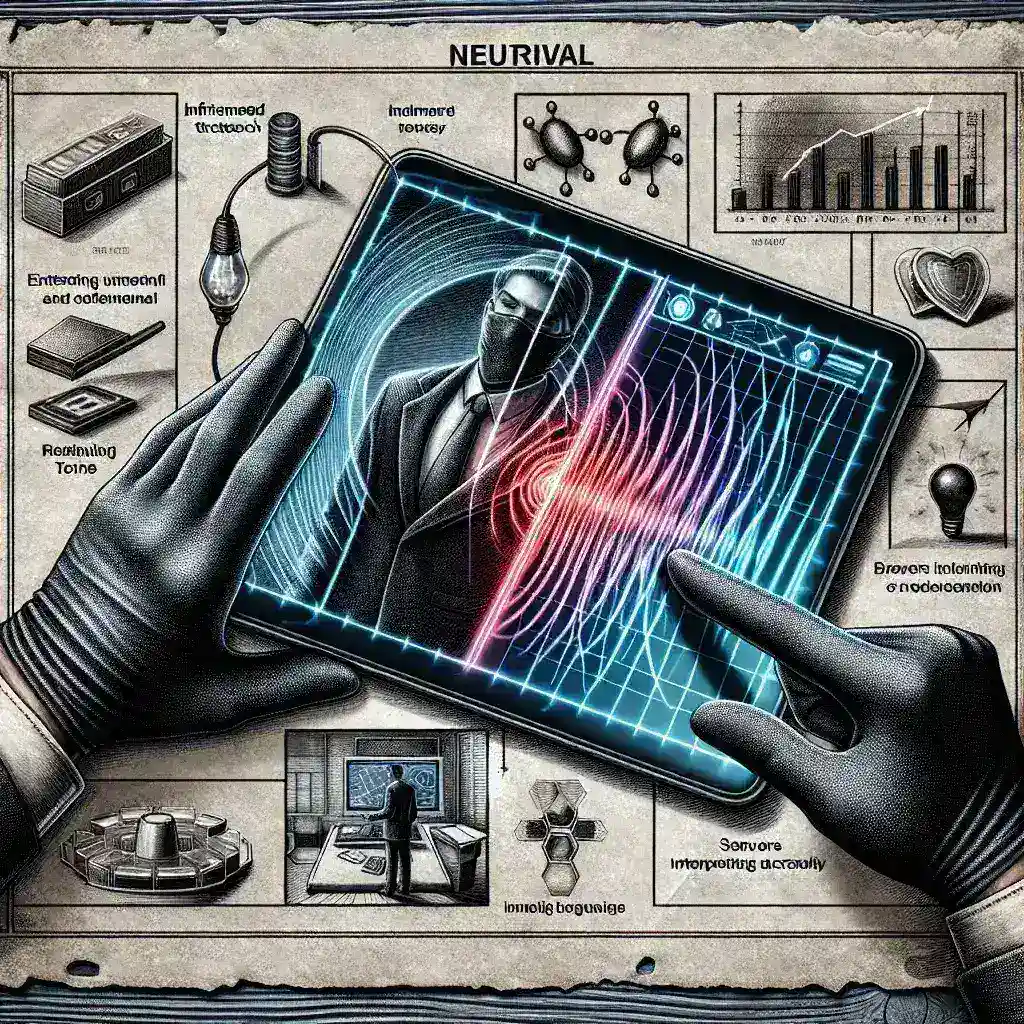Infrared touchscreens, leveraging an array of infrared (IR) LEDs and photodetectors around the edges of the screen, detect touch inputs based on the interruption of IR beams. While they offer several advantages, such as multi-touch capability and durability, it is essential to consider their disadvantages to make an informed decision about their implementation.
Disadvantages of Infrared Touchscreens
| Disadvantage | Description |
|---|---|
| Accuracy Issues | Sensitivity to touch interruption can result in inaccuracies. |
| Environmental Sensitivity | External light sources and dust can interfere with infrared sensors. |
| Higher Cost | Generally more expensive to produce compared to other touchscreen types. |
| Prone to Damage | Increased risk of damage to the infrared sensors. |
| Limited Stylus Compatibility | Not all stylus types are compatible with infrared technology. |
| Wide Bezel Requirement | Requires a wider bezel to accommodate the IR technology components. |
Accuracy Issues
One of the main drawbacks of infrared touchscreens is potential accuracy issues. Unlike capacitive touchscreens, which can detect even minor touch points with great precision, infrared touchscreens can struggle with sensitivity to touch interruption. This can result in inaccurate touch detection, affecting the overall user experience.
Environmental Sensitivity
Infrared touchscreens are highly sensitive to environmental factors. External light sources, such as direct sunlight or strong indoor lighting, can interfere with the IR sensors, leading to erratic behaviors or false inputs. Similarly, dust or debris on the screen can block the IR beams, causing incorrect touch recognition.
Higher Cost
Cost is another significant disadvantage. Infrared touchscreen technology tends to be more expensive to produce compared to other types of touchscreens like resistive or capacitive. This increased cost can make them less attractive for large-scale deployment, especially in cost-sensitive industries.
Prone to Damage
Despite their durability in terms of surface damage, the sensors in infrared touchscreens can be quite sensitive. They can be more susceptible to physical damage compared to other touchscreen technologies, particularly if not properly shielded or protected. This increased risk of damage can lead to higher maintenance and replacement costs.
Limited Stylus Compatibility
When considering input methods, limited stylus compatibility can be a significant drawback. Unlike capacitive screens, which work with various types of styluses, infrared touchscreens are not compatible with all stylus types. This can be a limitation for users who rely on stylus inputs for precision tasks.
Wide Bezel Requirement
Lastly, infrared touchscreens require a wider bezel to house the IR LEDs and sensors around the edges of the screen. This can result in less screen real estate and a bulkier overall design, which can be a disadvantage for applications where screen size and aesthetics are crucial.
Conclusion
Despite their clear benefits, including durability and multi-touch capabilities, infrared touchscreens come with several significant disadvantages that can impact their performance and suitability for certain applications. Understanding these limitations, such as accuracy issues, environmental sensitivity, higher costs, susceptibility to damage, limited stylus compatibility, and the need for a wider bezel, is essential for making informed decisions regarding their use. By weighing these factors, users and businesses can determine whether infrared touchscreens are the right fit for their specific needs.
